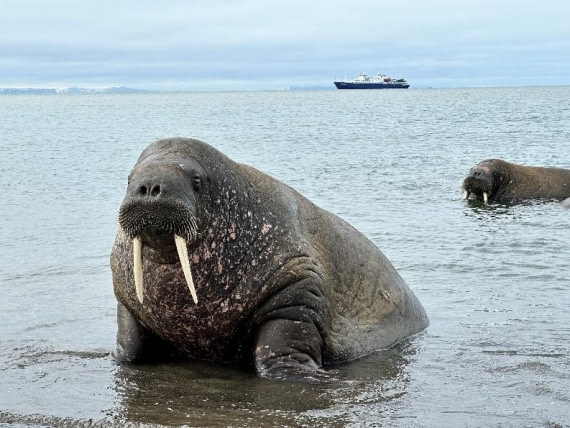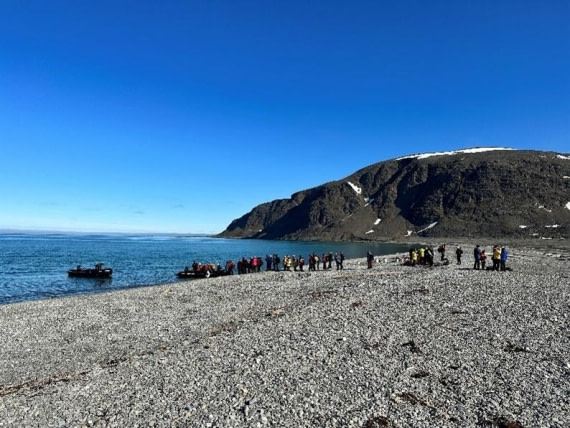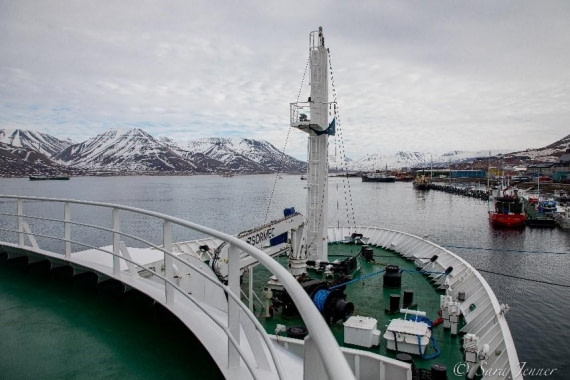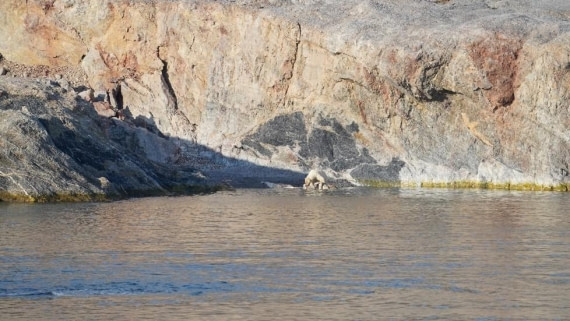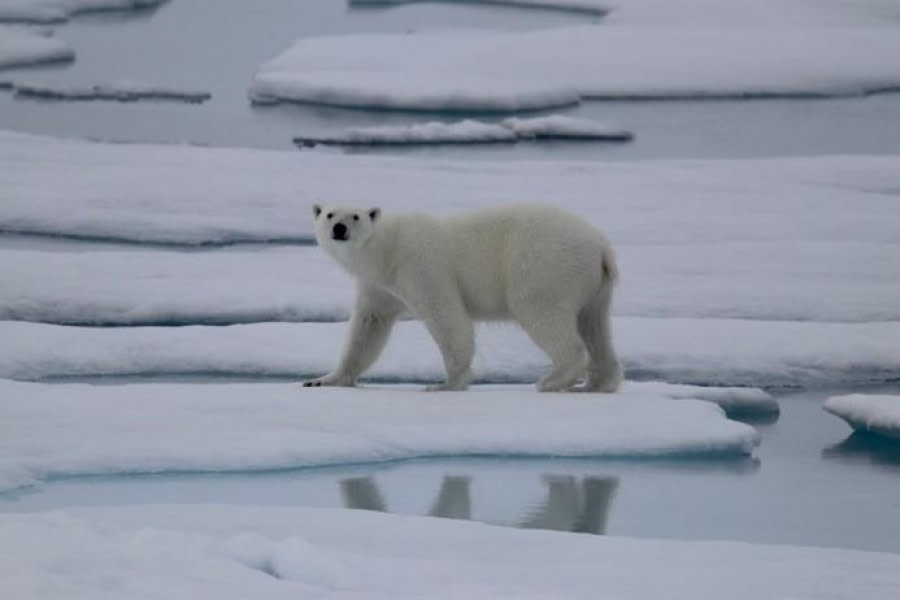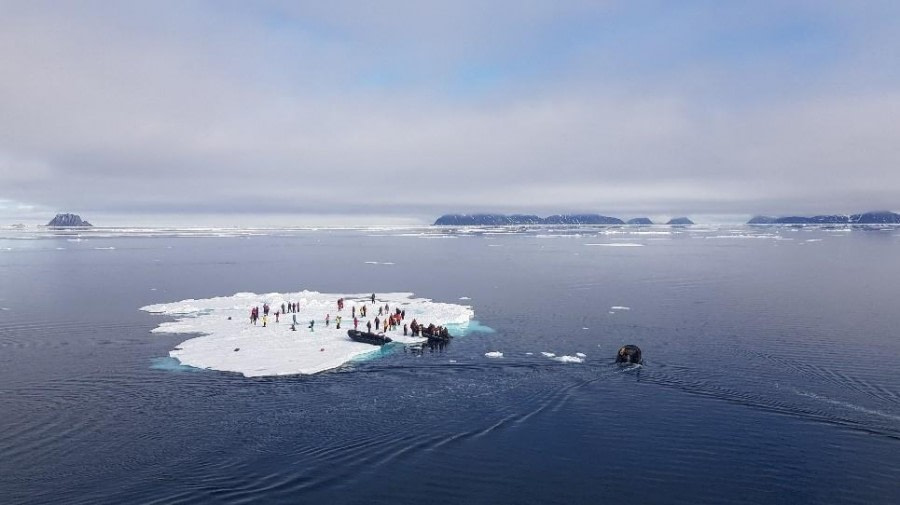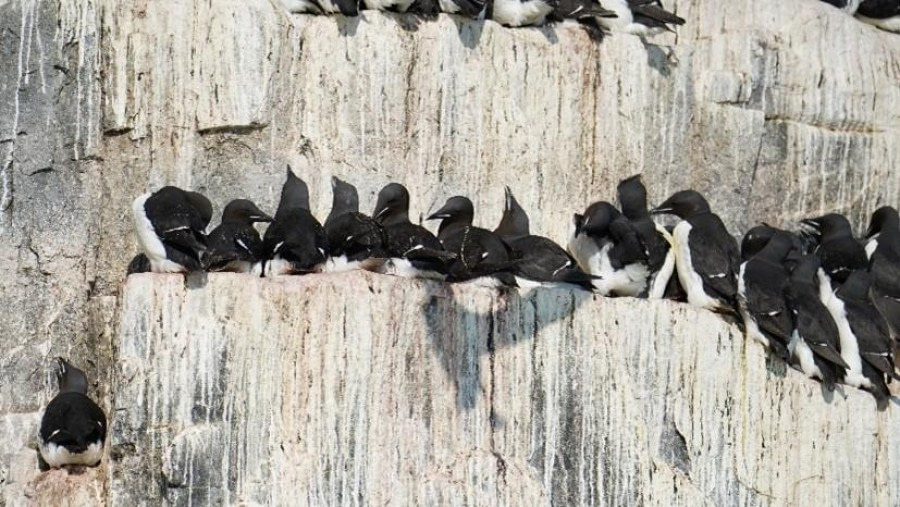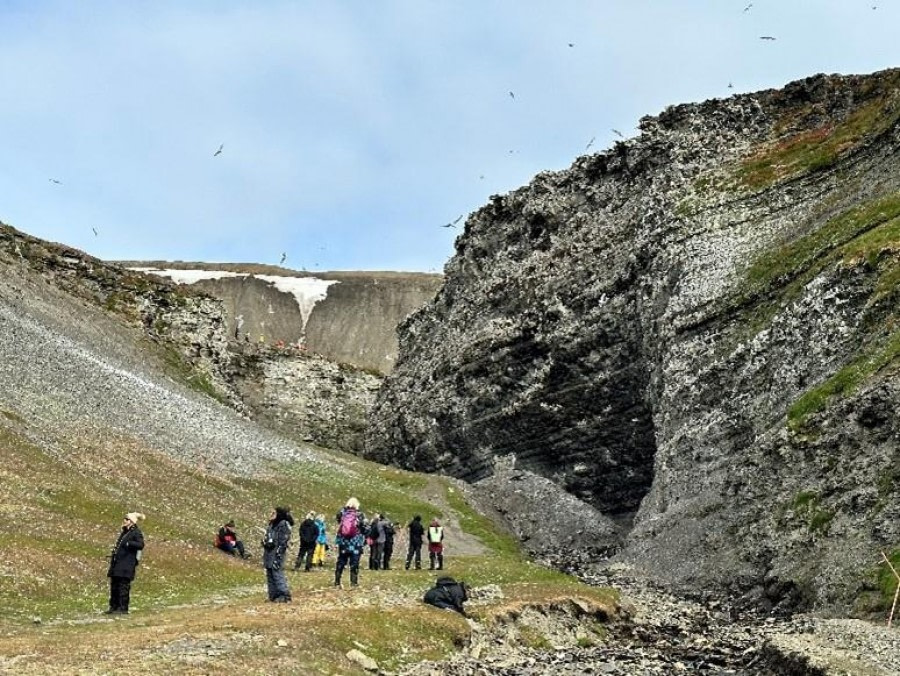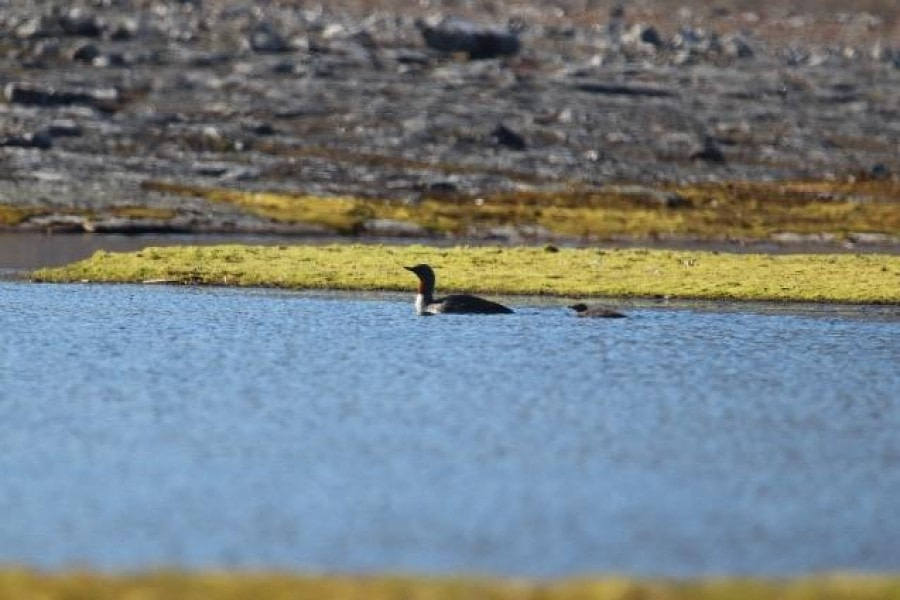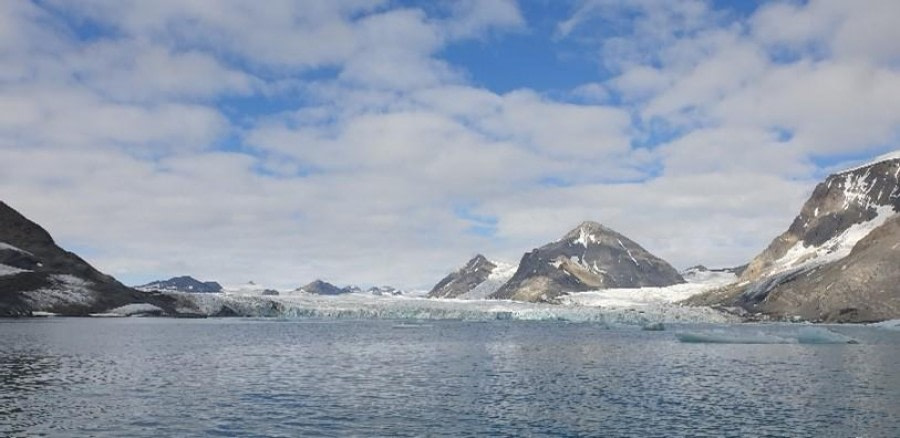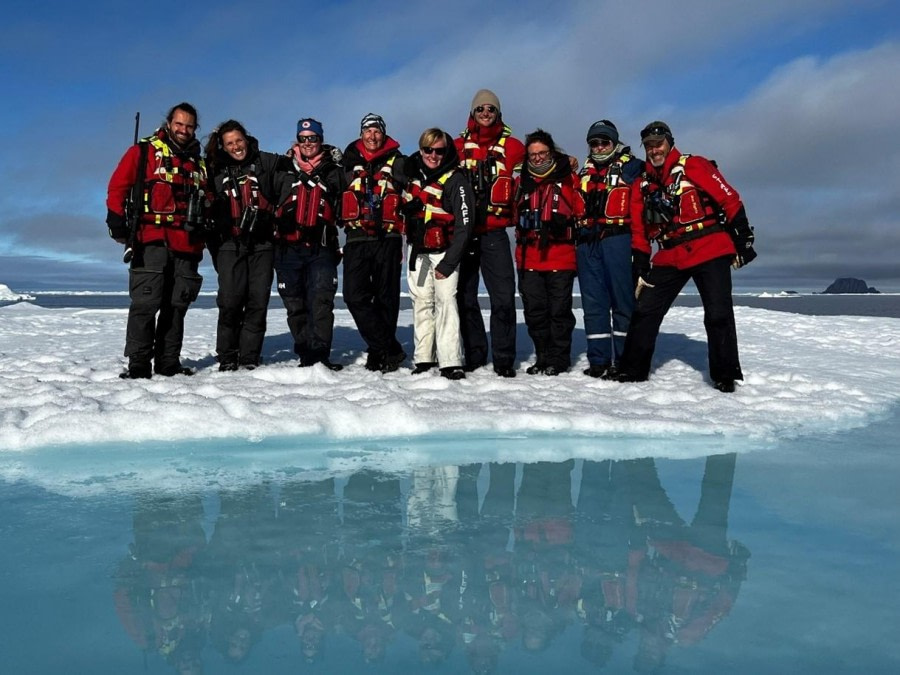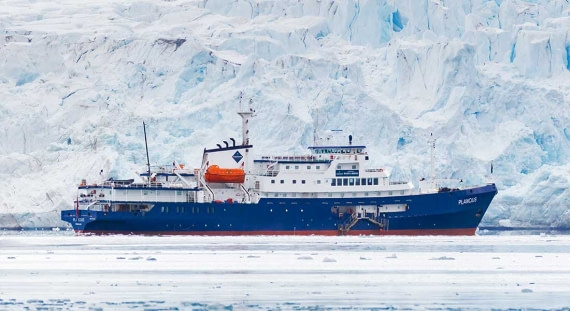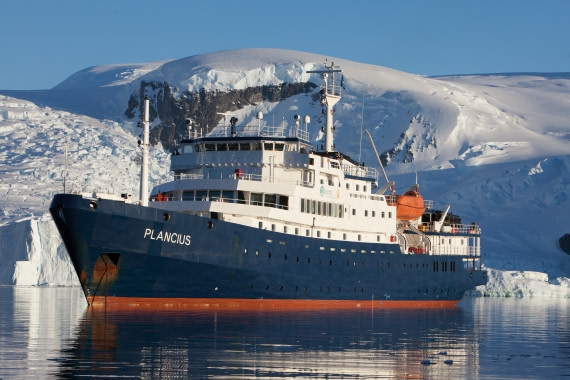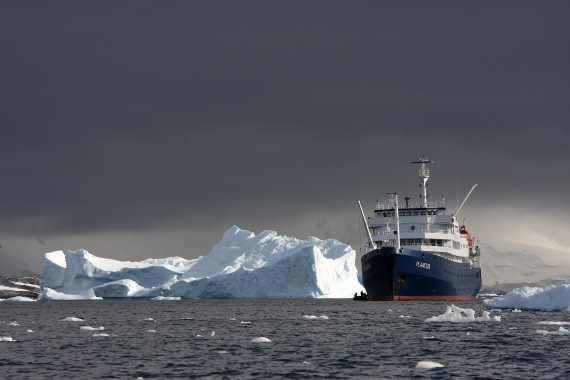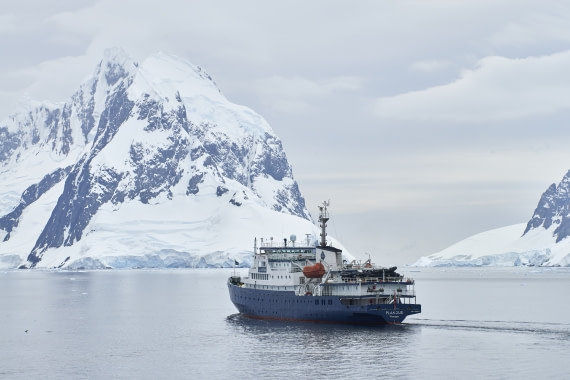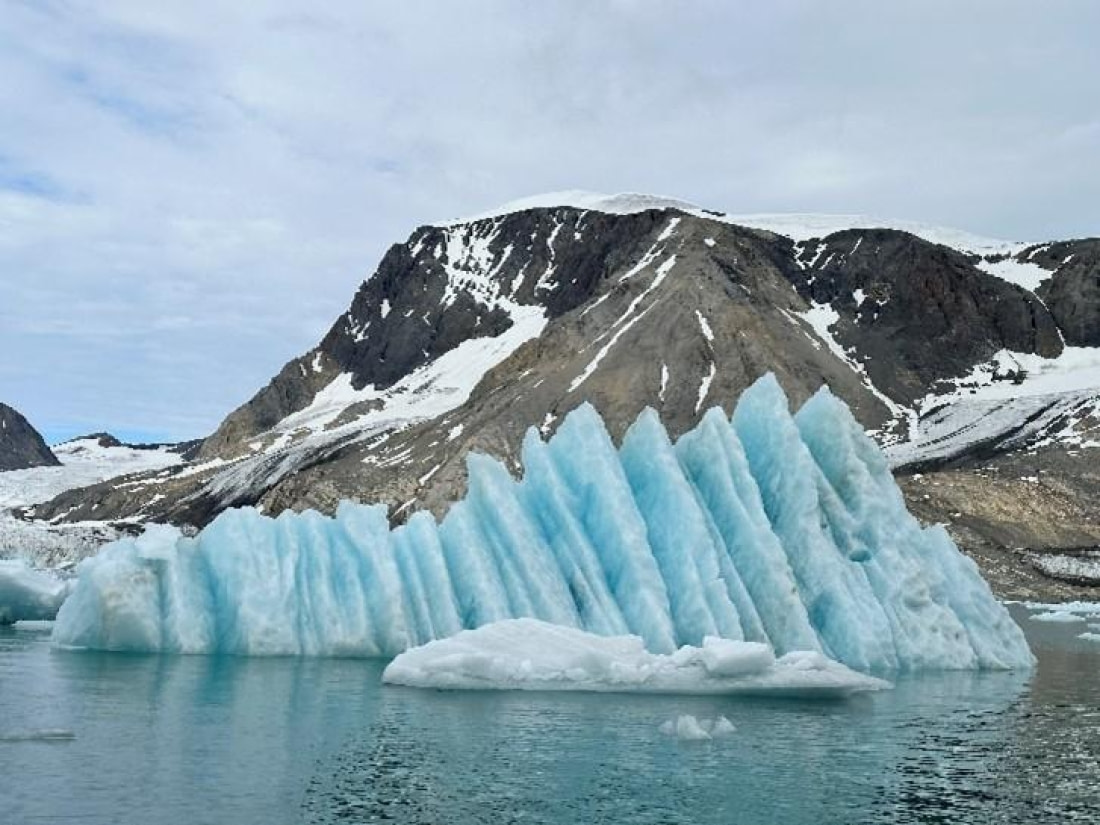| Date: |
27.07.2023 |
| Position: |
N 3 |
| Wind: |
80°53.9’N / 016°40.0’E |
| Weather: |
Overcast |
| Air Temperature: |
+2 |
Our fourth day on board Plancius would prove to be a fantastic day! It was our first sea ice day, the moment many of us saw sea ice for the very first time. Previously on the trip, on our Zodiac cruises, we had experienced glacial ice, composed of freshwater in the shape of icebergs with different shades of blue shining through. Today, however, we experienced something new. We woke up to a horizon filled with sea ice. Being in the pack ice, hearing it move, seeing the colors, and feeling the magical atmosphere at the top of the globe is a unique experience. The bridge team excellently navigated us through the ice finding channels and spots in which Plancius could push through and weave her way through the ice flows. It was a perfect sight to wake up to. But for many onboard, it was not our first wake up.
At approximately 1245 in the morning, Christophe woke up the ship with the announcement of “something strange and special” nearby. Those that arose for the announcement were treated with the sight of a dead and decaying juvenile sperm whale carcass. The cause of death was unknown, but there were a few speculations. The carcass also attracted many bird species, specifically northern fulmars, and an ivory gull! The ivory gull is a highly sought after bird in the Arctic.
After about half an hour of examining the carcass, the ship pushed on and all guests went back to sleep.
After breakfast it was all eyes to help spot wildlife. The expedition and bridge team were on a watch. We spotted many seals first thing in the morning, which is a good indication of possible polar bear sightings. We also saw guillemots and kittiwakes.
After a nice lunch, the ship changed heading in search of an area with big ice flows and more wildlife. Finding the right ice takes skill, experience, and a bit of luck. We use ice charts that show percentage of sea covered in ice to try to voyage plan and luckily, we have many experiences staff and crew on board to guide the search. After a bit of search, guests were treated to another polar bear sighting. This time the bear was hunting! We were lucky enough to watch the polar bear successfully hunt a seal and drag it onto an ice flow before devouring its meal. What an incredible sight! The first bear of the trip was a female feasting on a walrus carcass, but seeing a bear hunting and catching its meal was even more special.
Next on the daily agenda was recap to learn more information from our expedition team about what we have been seeing. Then back to the restaurant for a delicious meal. All smiles onboard when heading off to bed!

